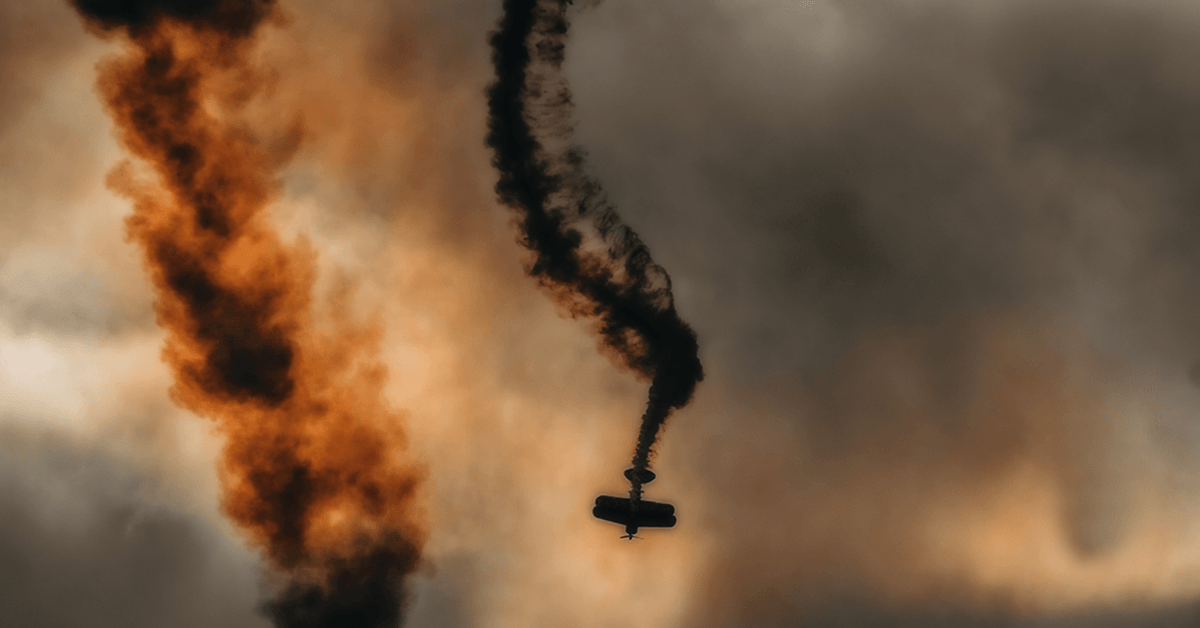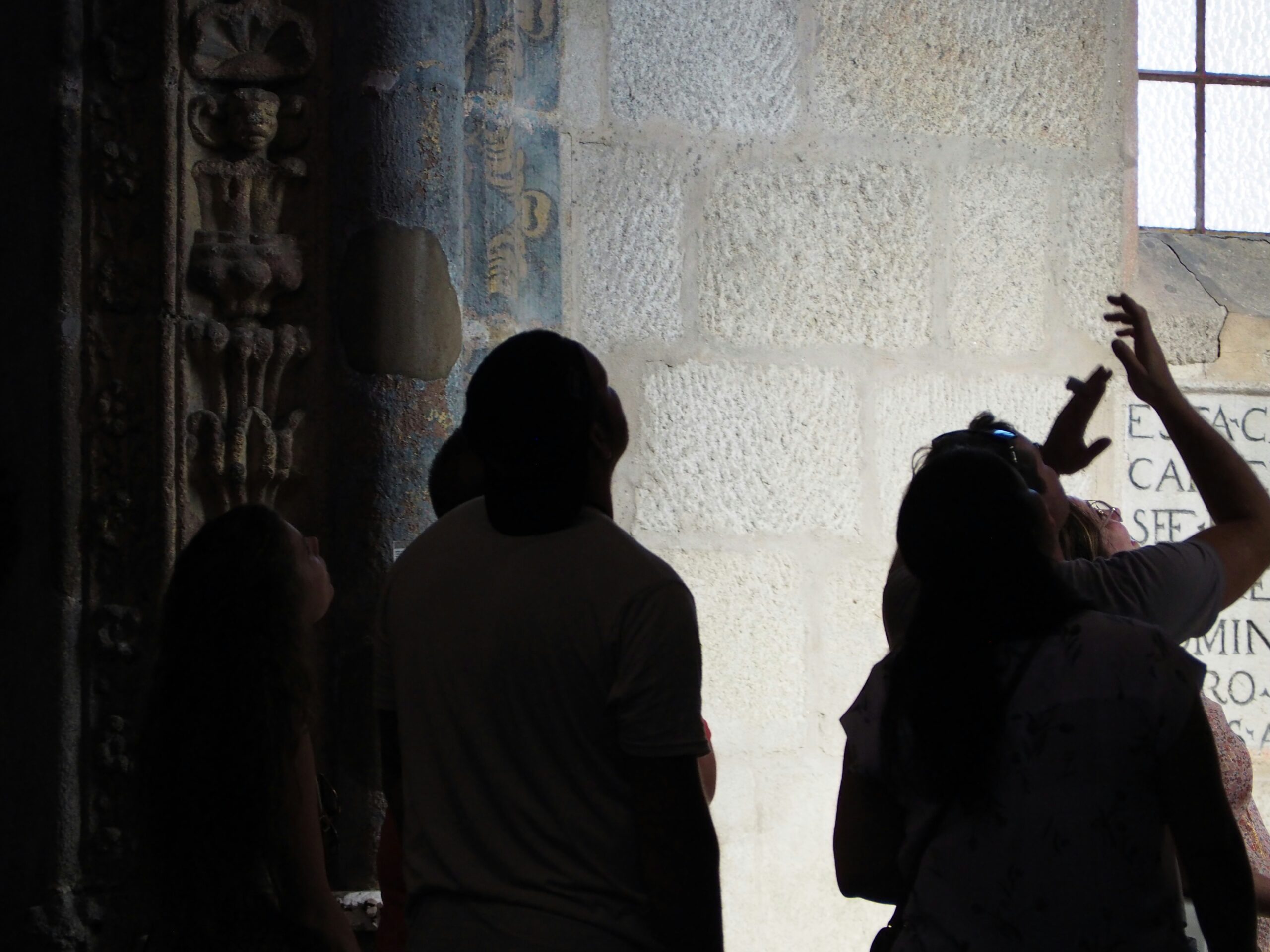"Instead of "Thank you for your service," try, "We're sorry you had to expend your blood, sweat, tears and toil to clean up our monumental failings." Every time you meet one of the dwindling numbers of WWII veterans...
Category - Memories
It was a Cold and Boring Night
"To me, as a gay boy, hugging another boy was perfectly natural. It always has been, it always will be. I always felt instinctively somehow that people would disapprove and say I was naughty. And I always felt...




















